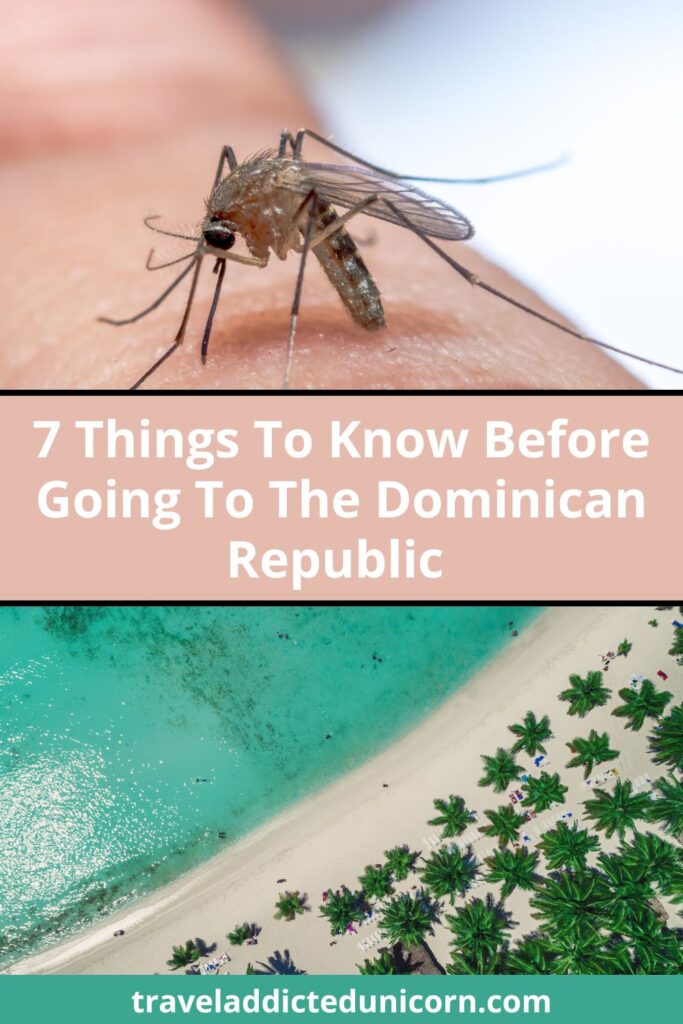7 Things To Know Before Going To The Dominican Republic
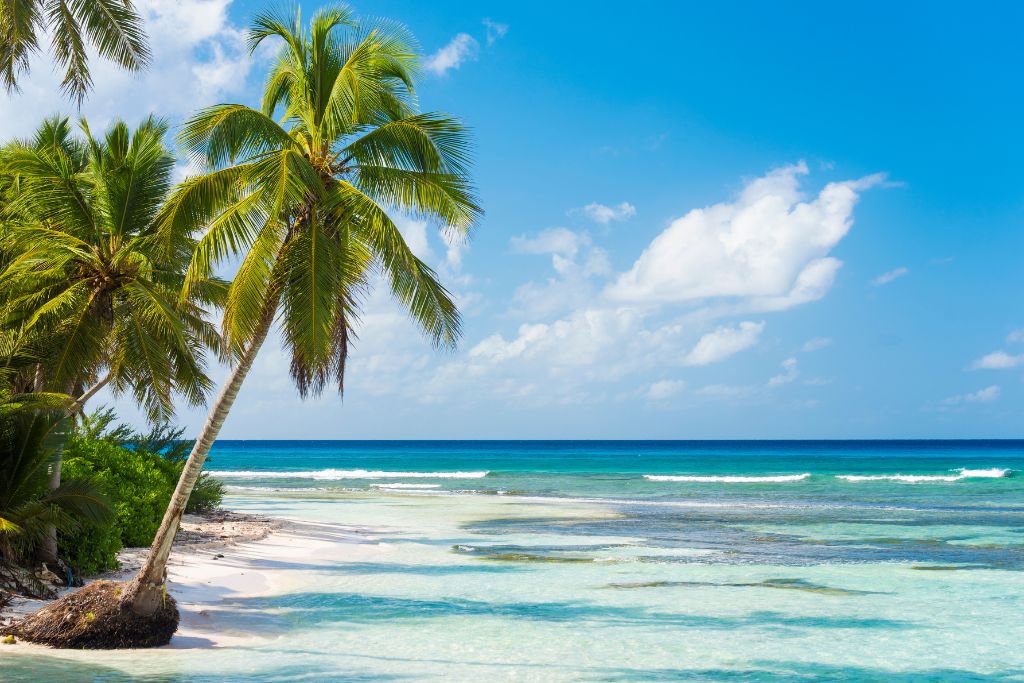

Planning A Trip To The Dominican Republic And Wondering What You Need To Know Before You Go? Keep Reading To Find Out!
So what are the most important things to know before going to the Dominican Republic?
The Dominican Republic is famous for its stunning beaches, lush forests, and lively culture and as a Caribbean destination that offers plenty to explore.
But before you pack your bags, there are a few essential things to know that can make your visit even more enjoyable.
From local customs and safety tips to practical travel advice, this blog post will help you make the most of your Dominican Republic adventure.
Whether you’re headed for the beautiful Punta Cana beaches, exploring historic Santo Domingo, or setting out on a nature adventure, these insights will ensure a smooth and unforgettable trip.
Let’s dive into the top things you need to know! I have visited the DR a few times and will share with you all my knowledge and tips.
7 Things To Know Before Going To The Dominican Republic
Let’s take a look at the 7 things you must know before going to the Dominican Republic.
1. Currency and Payment Methods
The Dominican Republic’s official currency is the Dominican Peso (DOP).
While some larger establishments, resorts, and tourist destinations accept U.S. dollars, smaller vendors and rural areas typically only accept pesos.
It’s wise to carry cash for small purchases, tips, and transportation, especially if you’re exploring less-touristy areas.
You’ll find ATMs in urban areas, but it’s a good idea to withdraw or exchange money at the airport for convenience.
Alternatively, you can do a currency exchange at your local bank before your trip.
We are in Canada, so we just bring US cash with us for tips and usually pay for trips and airport purchases with credit cards.
We do not actually get any pesos, only USD, but it is up to you if you want to convert to pesos.
As a rule of thumb, it is always cheaper to pay in the local currency.
Major credit cards are widely accepted in most tourist areas, resorts and large stores.

2. Safety and Health Precautions
The Dominican Republic is generally a safe destination, but there are precautions you should take.
In busy areas, be mindful of your belongings as petty theft can occur.
Drinking bottled water is essential, as tap water may cause stomach issues.
Bring sun protection, as the Caribbean sun is strong, and use a good waterproof sunscreen with high SPF, stay hydrated, and wear a hat.
We personally do not get any special vaccines but double check with your doctor for any recommended vaccines before traveling that may apply to your health situation.
Also, consider purchasing travel insurance that covers medical expenses (we always have travel insurance coverage).
👉 It is always advisable to pre-book your travel insurance coverage, regardless of how safe a country is. You can book yours here: Safety Wing Insurance
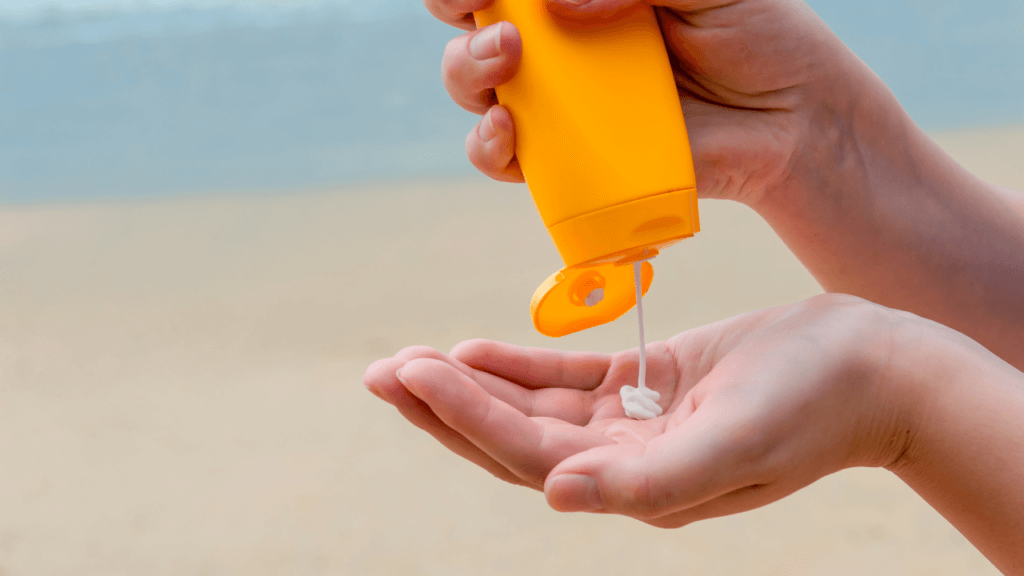
3. Understanding Local Language and Communication
Spanish is the official language, and although many people in tourist areas speak English, knowing a few basic Spanish phrases can go a long way.
Being able to greet locals in Spanish, ask simple questions, or say thank you will be useful.
A friendly “hola” (hello) and “gracias” (thank you) are great for friendly interactions and are often met with a warm response from locals.
For those unfamiliar with the language, downloading a translation app could be helpful.
Most of the tour operators and representatives speak good English as well as the staff at the lobby and managers.
However, with the staff in the restaurants and bars, it can be hit or miss. Most of the cleaning staff do not speak English.
I do speak a bit of Spanish, so we usually meet halfway with hand gestures and simple sentences.
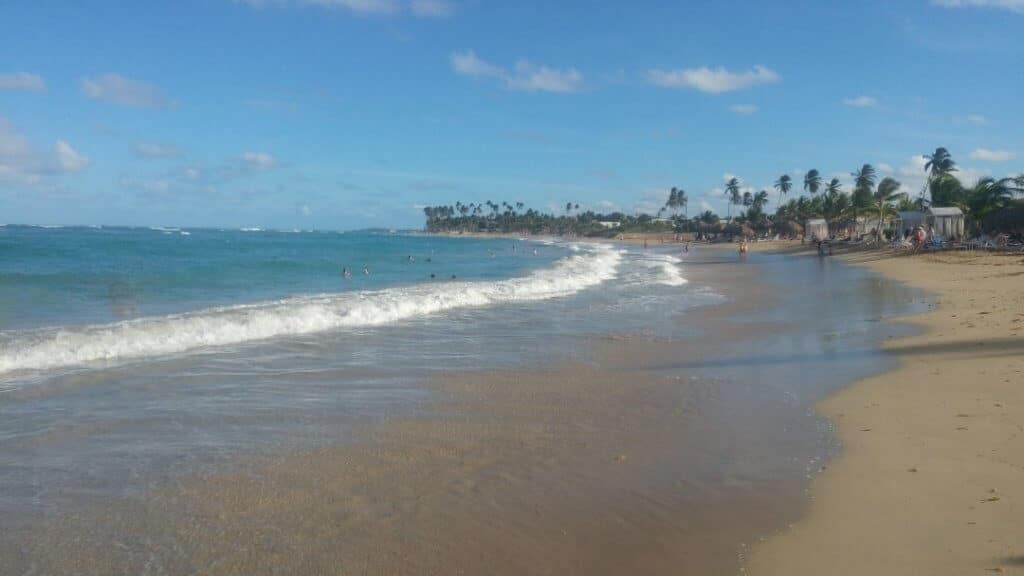
🦄 If you want to read about our experience in the Punta Cana resort, check out this blog post:
Review Of Dreams Onyx Punta Cana Resort & Spa
4. Weather and Best Time to Visit
The Dominican Republic has a tropical climate with two main seasons: wet and dry.
The dry season (December to April) is the best time to visit as there’s less rain, and the weather is generally warm and pleasant. However, it is usually more expensive.
We went to Punta Cana in December a few years ago and the weather was perfect.
The wet season (May to November) sees more rain, and while showers are often brief, this period can bring hurricanes.
Almost every hurricane season, a tropical storm or hurricane grazes or hits parts of the DR, so be very careful about the timing.
Plan your trip around the dry season if you want optimal beach weather and outdoor activities.
Pack light, breathable clothing for the heat, and bring a rain jacket or umbrella if visiting in the wetter months.
👉Suggested DR experience from Punta Cana (the main resort town):
Punta Cana Off-Road Dune Buggy Adventure and Amazing Water Cave
Punta Cana Booze Cruise, Snorkeling, Sand-Bar with Entertainment
Saona Island Day Trip From Punta Cana with Lunch and Open Bar
7 Tours Punta Cana: Zipline, Chairlift, ATV, Ride Horses, & More!

5. Local Culture and Etiquette
The Dominican Republic has a rich culture influenced by African, Spanish, and indigenous Taino traditions.
Dominicans are known for their warmth, hospitality, and vibrant way of life.
Greeting people with a handshake and eye contact is customary.
The dress code is relaxed and casual, and most people who are staying at the resorts wear a lot of beachwear.
Also, Dominicans have a relaxed attitude toward time.
Punctuality isn’t as strictly observed as in some other cultures, so expect a slower pace in social settings.
Immerse yourself in the culture—dancing to merengue or bachata and trying local foods can be a wonderful way to do so.
Overall, I have had a great experience with the locals. Everyone is very friendly and helpful even though the DR is a poor country.
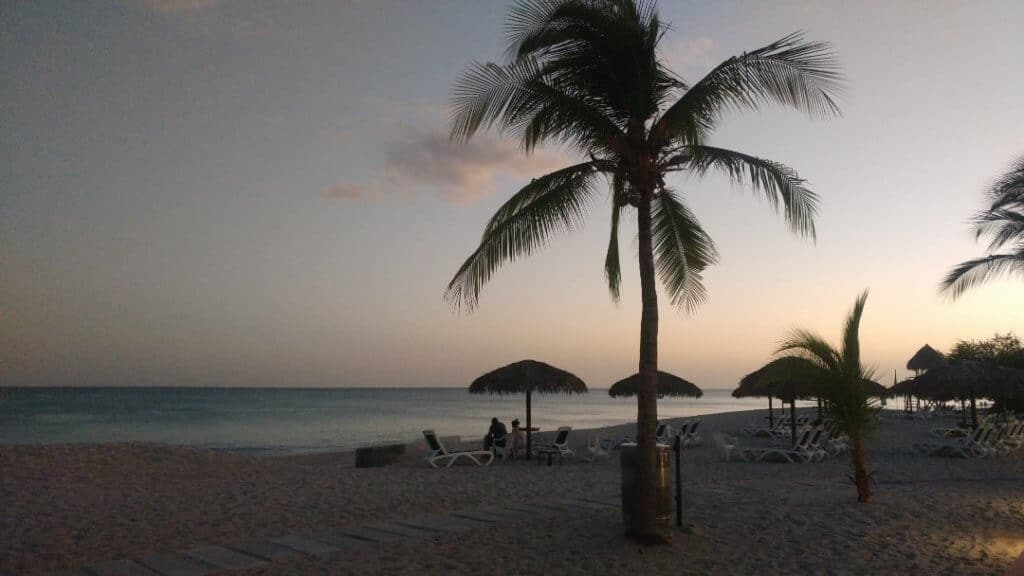
6. Tipping and Service Expectations
Tipping is appreciated and sometimes expected in the Dominican Republic, especially in tourist areas.
It is common for hotel staff, taxi drivers, and tour guides.
Also, you can tip the servers in the restaurants (especially the al a cart ones) and the bartenders.
In addition, we leave 2-3 dollars for the cleaning maid a day.
Alternatively, sometimes we bring gifts for them instead of leaving cash.
Some of the gifts we bring are make-up, jewellery, toiletries. Both are appreciated.
Have some small bills on hand for tips, as it’s generally expected and greatly appreciated.
You don’t have to tip everyone or give that much, $1-2 when you think the service has been good.
I usually make sure I tip the cleaning maids, at the al a cart restaurants, people carrying my luggage and if I sit at a bar and order a few drinks in a row.

7. Plan for Insect Protection
When visiting the Dominican Republic, especially during the rainy season from May to November, it’s essential to plan for insect protection.
That is due to the presence of mosquitoes and other biting insects.
To stay protected, pack a reliable insect repellent that contains DEET, picaridin, or oil of lemon eucalyptus. These ingredients are effective at keeping mosquitoes at bay.
Applying insect repellent frequently, especially during dawn and dusk when mosquitoes are most active, will greatly reduce your risk of bites.
Lightweight, long-sleeved clothing and long pants also provide an added layer of protection.
Especially if you plan on outdoor activities like hiking, exploring waterfalls, or visiting natural sites.
In case of bites, pack a small first aid kit with anti-itch cream or antihistamine tablets to soothe irritation.
I always get eaten alive by mosquitoes so I pack 3 bottles of bug spray and drench myself in it in the evenings.

🦄 If you are looking for more useful info on the Caribbean, check out this blog post:
Dune Buggy Excursion In Punta Cana
5 Places You Must Visit In The Caribbean
7 Tips When Visiting Caribbean Countries
Conclusion: 7 Things To Know Before Going To The Dominican Republic
In conclusion, the Dominican Republic offers a captivating mix of stunning landscapes, lively culture, and warm hospitality that make it a memorable travel destination.
Knowing what to expect regarding currency, health, and safety precautions.
As well as understanding the local culture and the best times to visit, it can help you fully enjoy your trip.
Whether you’re exploring the white-sand beaches, dancing to bachata rhythms, or savoring local dishes, these insights will ensure you’re well-prepared for an unforgettable experience.
Embrace the country’s unique charm, and enjoy every moment in this Caribbean paradise!
